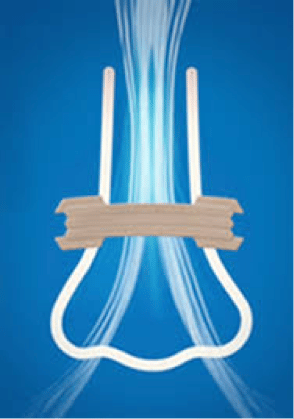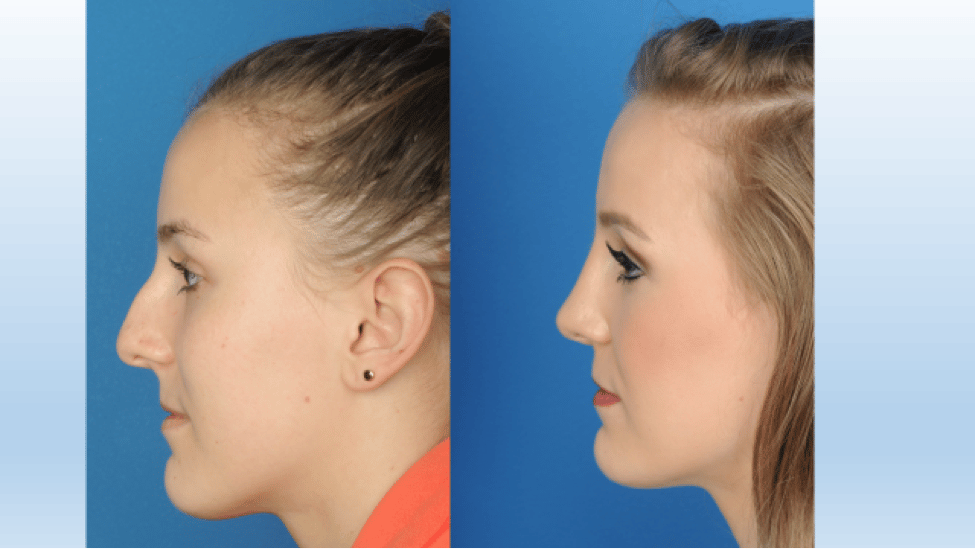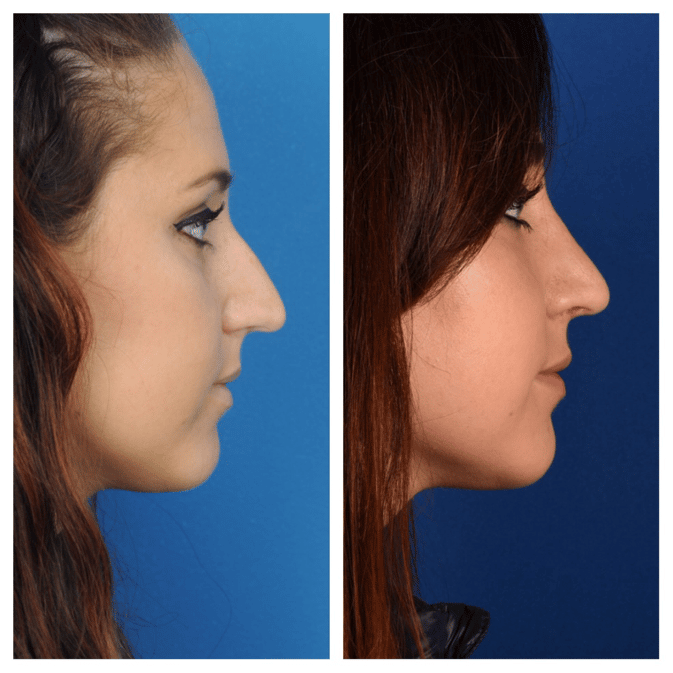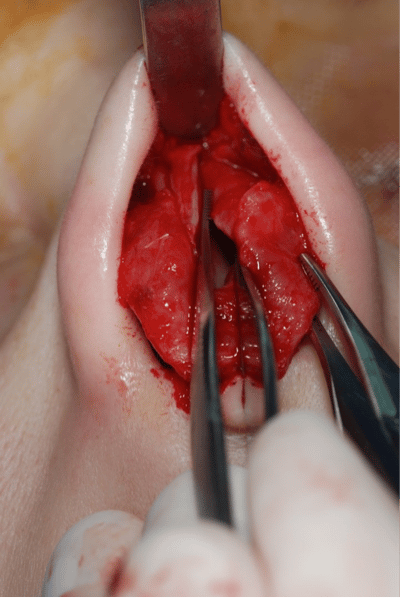The Northwest Rhinoplasty is “Green.”
The Northwest has a unique style in many areas including Rhinoplasty or cosmetic nose surgery. For many decades, the predominant techniques of rhinoplasty involved removing bone and cartilage to make it smaller. In many situations this led over time to pinched, unattractive noses that didn’t breathe well. Surgeons started removing less but also reconstructing key parts of the nose to maintain their strength. This often involved using added cartilage for the septum, ear, or rib. The Seattle community has been in the forefront of developing techniques that use tissue that would be otherwise excised to accomplish some of these same goals. I was honored to direct the international Facial Plastic Surgery course here in Seattle earlier in the decade and then presented some of these ideas at the next global AAFPRS course in Chicago. Basically, the cartilage in the middle and side of the nose is not removed but repositioned to preserve function and avoid a pinched nose. This is a spreader graft formed by using the patient’s adjacent cartilage. It is similar to creating an internal Breathe Right strip:

Dr. Murakami from the Mason Clinic develop another procedure where the cartilage in the tip–rather than being excised and discarded–is “turned in” on itself to give the same narrowing but more strength. This is termed a “lateral crural turn-in flap”.
Northwest patients want natural-looking noses that function well, and this “Green Rhinoplasty” that preserves tissue and avoids extensive grafts has been well received. The ideal patient is one with a significant “hump” who has not had previous procedures.
Here are some typical recent patients where these techniques were used:

This is what it looks like during the operation:

We have been learning, innovating, and teaching rhinoplasty over the years and around the world. Our conservative but natural approach has been influenced by the needs and desires of our Northwest patients, so it has been a “win-win” for both surgeons and patients.
